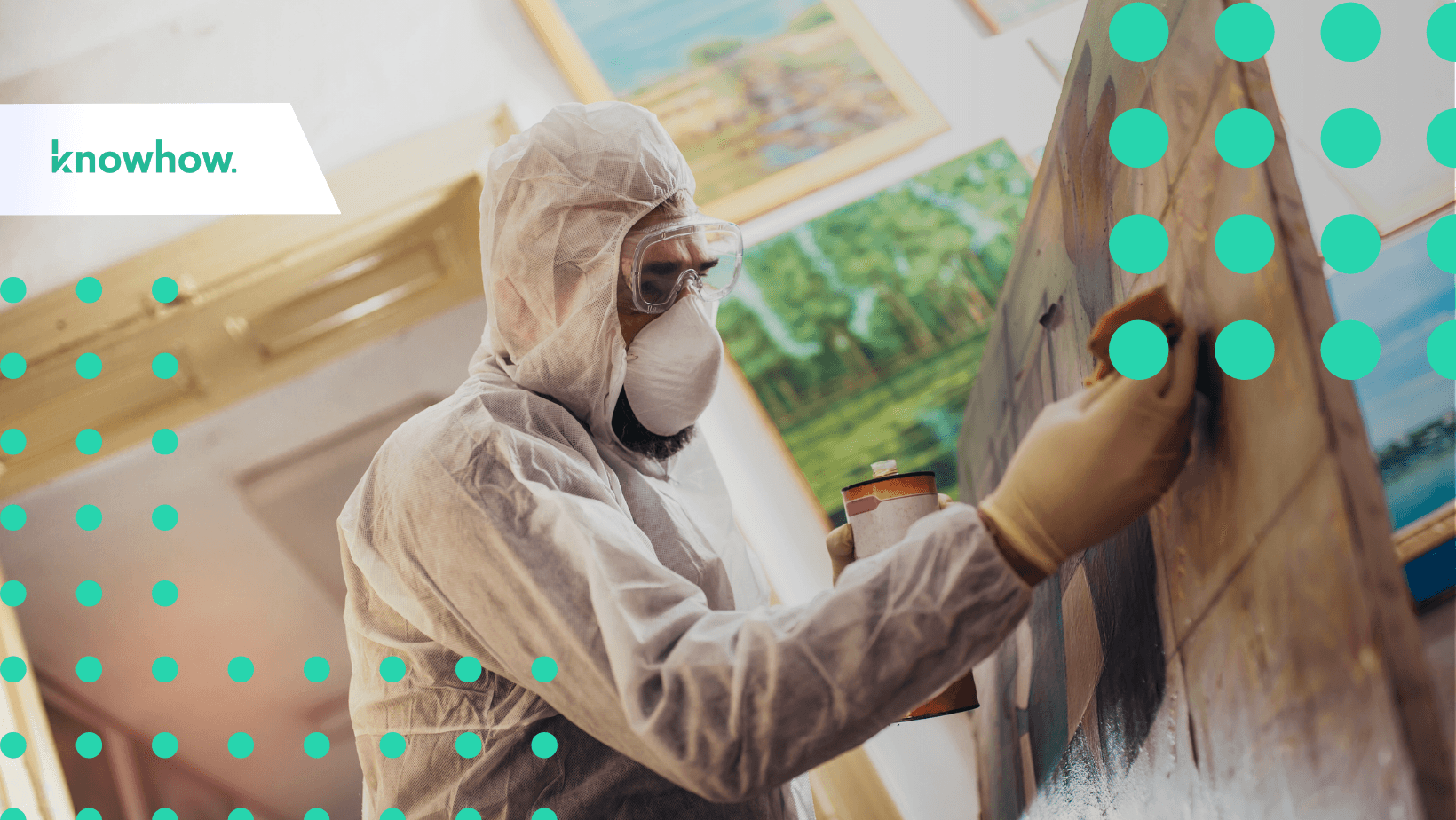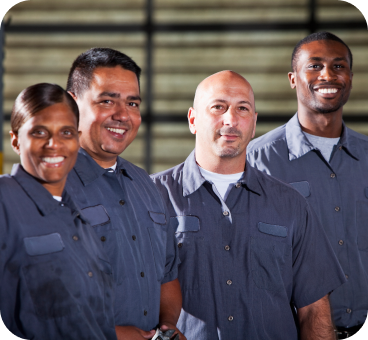new article
•7 May, 2025
Top 5 Training Gaps in the Restoration Industry—And How to Fix Them
Every restoration manager has experienced a late-night call about a water loss.
It’s 11:45 PM, and your phone buzzes: “Commercial water loss. Three floors. Team's already en route.”
“Team” is your newest technician, so you hope they remember the containment protocol you walked through last month. By morning, you're on-site yourself—rewriting a drying log, repositioning dehumidifiers, and explaining to the senior project manager why key documentation is missing.
You don’t need a post-mortem. Y

All Articles
topics
AllBuilding LeadersFive Star RestorerHiringLeadershipOnboardingOperationsPartnershipsProduct GuideProduct UpdateRetentionSalesWhy Workers Quit
Top 5 Training Gaps in the Restoration Industry—And How to Fix Them
Every restoration manager has experienced a late-night call about a water loss.
It’s 11:45 PM, and your phone buzzes: “Commercial water loss. Three floors. Team's already en route.”
“Team” is your newest technician, so you hope they remember the containment protocol you walked through last month. By morning, you're on-site yourself—rewriting a drying log, repositioning dehumidifiers, and explaining to the senior project manager why key documentation is missing.
You don’t need a post-mortem. Y

Common Pitfalls Holding Back Restoration Business Growth in 2025
Five years from now, the trucks in your restoration business still roll out before sunrise.
But something’s different.
Jobs start on time. Your team moves with practiced confidence. Your phone still rings, but not with panicked emergencies only you can solve. The business has rhythm. It’s not perfect, but there’s some momentum. And the cracks that once drained your energy—unclear roles, forgotten processes, constant firefighting—have been sealed, system by system, team by team.
Now rewind.
B

Workforce: The Easiest Way To Put Role-Specific Training on Autopilot
Let’s talk about your fifth hire.
Not the first one—you trained them yourself. Not the second; you hovered, corrected, maybe sent a few late-night texts to check on things. But the fifth? That’s when things start to slip.
They shadow someone who shadowed someone who was mostly trained by someone who left last summer. The SOPs have changed, but no one told them. Suddenly, your once-tight crew is drying five basements five different ways.
It’s not that your people don’t care. It’s that no one’s

How to Reduce Employee Turnover in Your Restoration Business
On a random Tuesday afternoon, somewhere between fixing broken pipes and the sixth call from an adjuster, it hits you that your best guy quit last week. The new water tech didn't show up this week. And now? You're short-staffed, overbooked, and running on caffeine and crossed fingers.
This wasn't the plan.
You didn't build your restoration business to become a training ground for your competitors. But lately, that's what it feels like. Good people come in, they get trained up, and then they're

How to Train and Onboard Restoration Technicians Quickly
When you need to learn something new, you probably do what everyone does: pull out your phone and Google it.
How to fix a leaky faucet? YouTube’s got you. How to boil the perfect egg? There’s a video with three million views and a surprising amount of drama in the comments.
But if you're trying to train and onboard restoration technicians quickly, things get trickier.
There’s no search result for “how your company sets up containment” or “where we keep the moisture meters.”
So new techs do w

How Restoration Companies Are Using AI to Improve Job Management in 2025
Let’s be honest. AI in restoration sounds a bit like kombucha at a barbecue.
Kind of interesting. A little confusing. And if we’re being real—not what you came here for.
But here’s the quiet truth: AI in restoration isn’t just for tech conferences anymore.
It’s on job sites. It’s for writing scopes. It’s answering techs' tricky questions at 7 a.m. on a crawlspace floor. And it’s saving project managers from explaining—again—how to set up containment and negative pressure.
In other words, AI i




